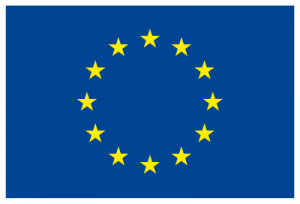‘Metadata’ refers to ‘data about data’, where the root meta – derived from Greek – means ‘alongside’, ‘with’, or ‘next’. Metadata records display a set of attributes used to describe context-specific resources such as the books in a library, or the items in an archive, according to metadata standards, which are context or discipline-specific. Traditionally, the main use of metadata has been in libraries and archives. Nowadays, metadata are used not only for classifying items in digital libraries and archives, but also to describe the main attributes of web pages and improve usability.
The main purpose of using metadata is to enhance information discovery. Achieving this goal becomes a complex task with the proliferation of digital collections and archives, especially when the aim it to improve information retrieval across multiple collections. Metadata harvesting enables information retrieval across multiple collections. It is an automated process by which metadata descriptions from various sources (for instance digital archives and libraries) are combined to design aggregated services. An important aspect for facilitating metadata harvesting is the development of protocols that can enable retrieval and aggregation of data over multiple archives of different kinds. The Open Archives Initiative Protocol for Metadata Harvesting (OAI-PMH), devised by the Open Archives Initiative, is a protocol used nowadays to facilitate the process by which metadata descriptions from various archives are collected and used to develop aggregated services. This process results in a registry or repository of metadata records developed on the basis of multiple archives or collections of data.
Sources:
Breeding, M. (2002). Understanding the Protocol for Metadata Harvesting of the Open Archives Initiative. Computers in Libraries, 22(8), 24-29.

